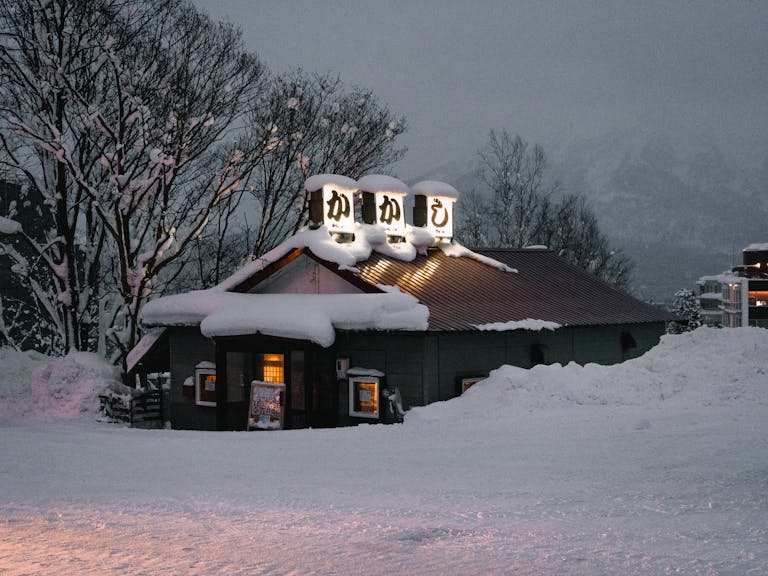Budapest is renowned for its historic thermal baths, each offering a unique experience steeped in the city’s rich culture and tradition. Known as the ‘City of Spas’, Budapest is home to a variety of thermal baths including Széchenyi, Gellért, Rudas, and Lukács. These baths not only offer a place to unwind but also provide an unforgettable window into Hungary’s centuries-old bathing culture, with origins dating back to the Ottoman Empire.
In this post, we will delve into the distinctive features of each of these iconic baths. From the majestic architecture of Széchenyi to the therapeutic treatments at Lukács, this guide will equip you with everything you need for a perfect spa visit. Whether you’re seeking relaxation or rejuvenation, Budapest’s thermal baths are a must-visit, especially during the winter months when their warm waters offer a perfect retreat from the cold.
Széchenyi Baths
As one of the largest and most famous thermal bath complexes in Europe, Széchenyi Baths stands as a dazzling example of Neo-Baroque architecture. Established in 1913, this iconic bath is located in Budapest’s City Park and boasts 18 pools, both indoor and outdoor, filled with mineral-rich, healing waters drawn from thermal springs beneath the city. The grandeur of Széchenyi Baths is unparalleled, offering visitors an experience steeped in luxury, tradition, and the lively spirit of Budapest.
Unlike the other baths in Budapest, Széchenyi is renowned for its extensive facilities and energetic ambience. The outdoor pools—open all year round—are especially magical in winter as thick steam rises into the cold air, creating an unforgettable atmosphere. Széchenyi is also famous for its ‘sparties’, lively nighttime thermal pool parties featuring DJs and special effects. A visit here promises both deep relaxation and an exciting taste of local entertainment culture.

Gellért Baths
Nestled at the foot of Gellért Hill, Gellért Baths is celebrated for its stunning Art Nouveau architecture and historical significance. Opened in 1918, the baths are part of the renowned Gellért Hotel, offering an atmosphere that combines elegance with relaxation. Its grand halls, decorated with stained glass and mosaic tiles, make Gellért one of the most visually beautiful bathhouses in Europe.
Gellért Baths offers an array of pools fed by mineral springs recognized for their therapeutic properties. The indoor pools sit beneath sweeping archways and ornate pillars, while the outdoor wave pool and sunbathing terraces provide open-air retreat. More serene and refined than Széchenyi, Gellért is ideal for travelers seeking a peaceful spa experience with premium treatments such as mud therapies and specialized massages. This bath is the definition of sophistication within Budapest’s spa culture.

Rudas Baths
Rudas Baths presents a captivating blend of historical charm and modern wellness, making it a standout among Budapest’s thermal baths. Dating back to the 16th century during the Ottoman era, Rudas features authentic Turkish bath architecture centered around its famous octagonal pool beneath a striking domed ceiling. Few baths in Budapest offer such an atmospheric and historically immersive experience.
Alongside its historical treasures, Rudas Baths has embraced modern comforts through recent renovations, including a rooftop panorama pool with sweeping views of the Danube and Budapest skyline. Its traditional single-gender days preserve centuries-old bathing customs, making Rudas one of the most culturally significant spa experiences in the city. With its perfect balance of heritage and innovation, Rudas attracts both history lovers and wellness enthusiasts.
Lukács Baths
Lukács Baths, situated near Margaret Bridge, holds a reputation for its medicinal properties and wellness programs that attract both locals and visitors seeking health-oriented treatments. Dating back to the 12th century, the modern bath complex took shape in the 19th century and blends historic elements with practical wellness facilities. Famous for its therapeutic waters, Lukács has long been associated with healing and rehabilitation.
Unlike the ornate Széchenyi and artistic Gellért, Lukács offers a more authentic, less tourist-driven atmosphere. Its focus on health treatments—such as medical massages and mud therapies—makes it ideal for travelers seeking genuine healing rather than aesthetics. A peaceful and community-oriented environment defines its charm, attracting regulars who value tradition and wellness.

Other Notable Baths
Beyond the major bathhouses, Budapest is home to several lesser-known but equally fascinating thermal baths that reveal another side of the city’s spa culture. These venues often attract more locals than tourists, offering quieter and deeply authentic experiences.
- Veli Bej Baths, one of the oldest Turkish baths in Budapest, has been beautifully restored and is appreciated for its serene atmosphere. Its octagonal pool and intimate layout make it ideal for those wanting a peaceful, meditative soak.
- Király Baths, a classic Ottoman bathhouse, is known for its moody domed interior and centuries of history. Although currently under renovation, it remains a beloved symbol of Budapest’s traditional bathing heritage.
- Palatinus Baths, located on Margaret Island, is best known for its summer water attractions but also includes high-quality thermal pools. It is an ideal choice for families or visitors seeking a more recreational thermal experience.
These additional baths highlight the diversity of Budapest’s wellness culture and offer excellent alternatives for those wanting to explore beyond the well-known hotspots.
Ticket Tips and Etiquette
Purchasing tickets for Budapest’s thermal baths can vary greatly depending on the bath and the experience you seek. Booking online in advance is highly recommended for popular baths like Széchenyi and Gellért, as it guarantees entry and helps avoid long queues. Ticket prices can fluctuate based on weekdays, weekends, locker versus cabin access, and additional wellness treatments.
As for bath etiquette, observing local customs ensures a smooth and respectful experience. Always shower before entering the pools and use swimwear at all times in mixed-gender areas. Note that Rudas Baths maintains traditional single-gender days where nudity is required in certain sections. Phone use is discouraged in pool areas to preserve privacy and tranquility. Speaking softly is appreciated, especially in relaxation zones. Following these guidelines ensures a pleasant and culturally respectful visit.
Winter Wonders at Budapest’s Thermal Baths
The thermal baths of Budapest offer a sanctuary of warmth and relaxation during the cold winter months. Soaking in naturally heated waters while crisp air surrounds you creates a magical contrast that is both invigorating and deeply soothing. With steam rising into the wintry sky and historic architecture framing the scene, the baths become an unforgettable seasonal escape.
The healing properties of Budapest’s mineral-rich waters are particularly appreciated in winter, easing muscle tension, joint stiffness, and seasonal discomfort. Coupled with wellness treatments available across the bathhouses, the baths provide a soothing antidote to the winter chill.
Winter often brings fewer crowds, making the baths more serene and intimate. Whether warming up after exploring the city or dedicating an afternoon to pure relaxation, Budapest’s thermal baths offer a restorative experience that nurtures both body and mind.



